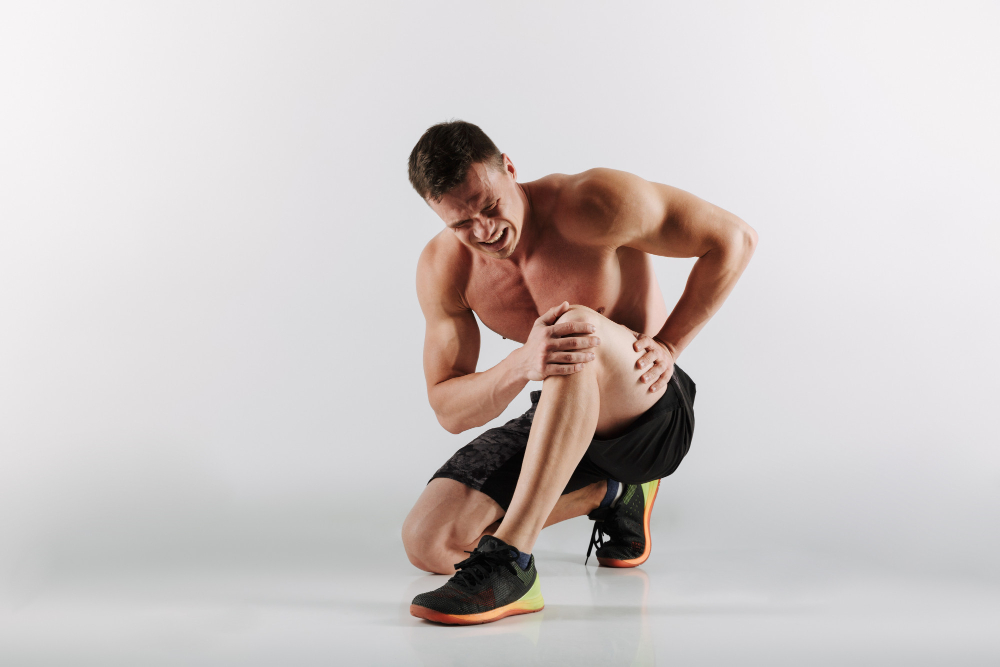Perhaps everyone who has ever worked out in the gym or even at home is familiar with the discomfort and pain in the muscles the next morning after class. Sometimes the pain disappears in a day, and sometimes it “holds on” for several days. Moreover, it has been noticed that beginners, whose body is not yet accustomed to the loads, as well as athletes who simultaneously increase the load by more than 10%, experience the greatest muscle discomfort. Also, the cause of the so-called delayed pain after a workout can be the neglect of the warm-up and hitch.
Why Muscles Can Hurt
Sports doctors, coaches, and experienced athletes still cannot agree on why muscles hurt after training. There are two most common theories, and each of them has its arguments:
- Burning in the muscles under the action of lactic acid (lactate). For a long time, it was believed that post-workout pains are associated precisely with the release of shock doses of lactic acid during sets. It “burns” the muscle tissue and there are unpleasant sensations. However, it has now been proven that lactate levels drop significantly immediately after the end of the exercise, so the burning sensation from it is observed only during training and half an hour to an hour after them.
- Delayed muscle pain due to microtrauma (ruptures, sprains). This type of pain occurs due to muscle overload – micro-wounds are formed in them, the healing process of which is felt in the form of painful manifestations. Naturally, the greater the load, the more injuries and the stronger and longer the pain syndrome will last. Moreover, even among professional athletes, there is still an opinion that the intensity of muscle pain directly depends on the effectiveness of training: if a muscle hurts, it means that it grows. This is not entirely true, during training, muscles will build up in any case, but a week-long pain that does not allow you to bend your arms or walk normally will not have a good effect on sports achievements.
What to do if muscles hurt
Unfortunately, after incorrectly conducted training, it is almost impossible to prevent the onset of pain, but it is possible to neutralize its effect with nseveraleventive procedures. What to do so that the pain goes away as soon as possible and does not interfere with subsequent classes, as well as everyday life and work?

A few recipes from coaches and experienced athletes:
- Relaxation. No matter how trite it sounds, taking a break from training for a day or two can be much more useful than taking some urgent measures to eliminate pain. But if the discomfort does not go away even after three or four days, it is worth giving the muscles a load of about 50% less than usual – this will help not to lose shape and not give a new overload in subsequent sessions.
- Cold. For any injury, cold compresses or applying dry ice can help relieve pain.
- Warm. If painful sensations are not observed for the first day, it is worth taking a hot bath, it is possible with sea salt – this will expand the vessels and increase blood flow, which means it stimulates the healing process.
- Massage also increases blood flow to injured muscles and speeds up recovery.
- Anti-inflammatory drugs such as ibuprofen can also solve the problem. However, do not neglect natural recipes – a decoction of chamomile, wild rose, St. John’s wort, viburnum, and currant leaves can have an effect comparable to the effect of drugs.
- Sleep is known to be the best cure for all diseases. The process of recovery of the body (as well as the process of muscle growth, by the way) proceeds most quickly in a dream, so it is worth giving sleep at least 8-9 hours a day.

